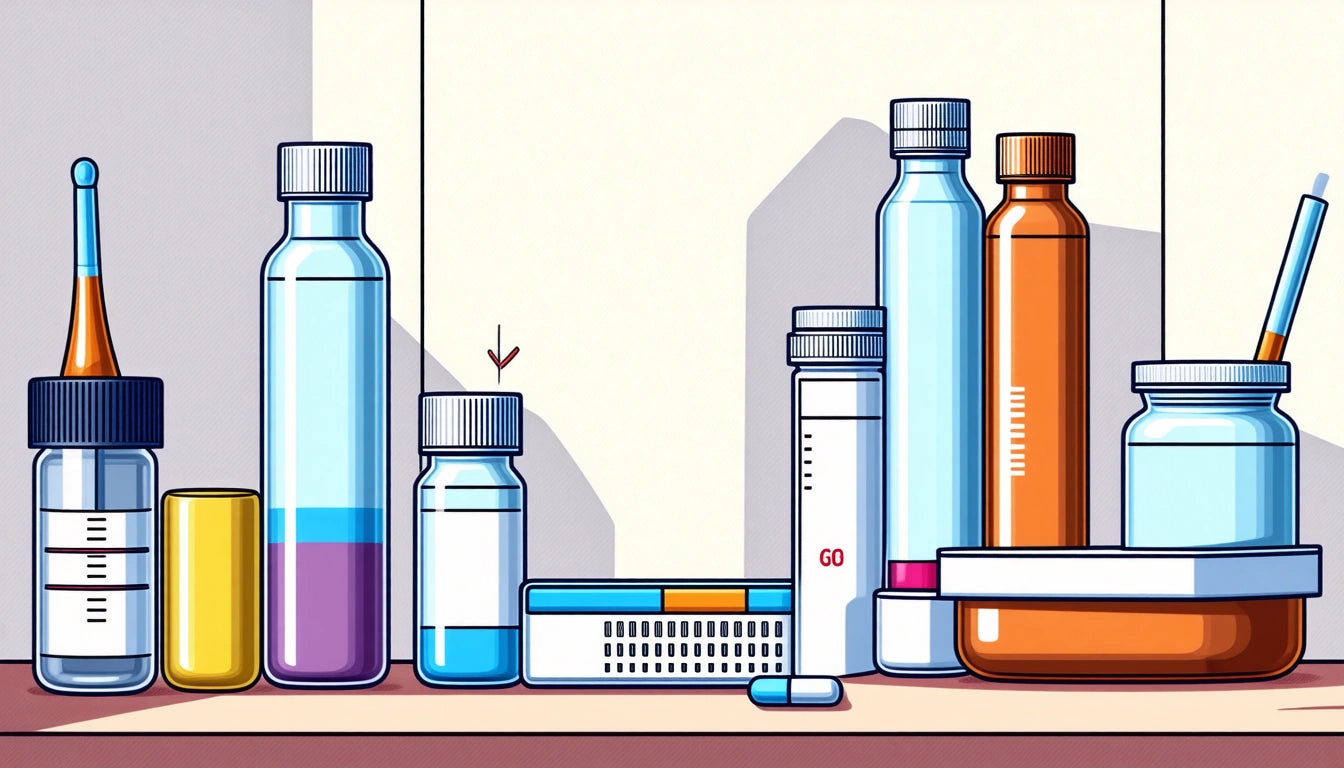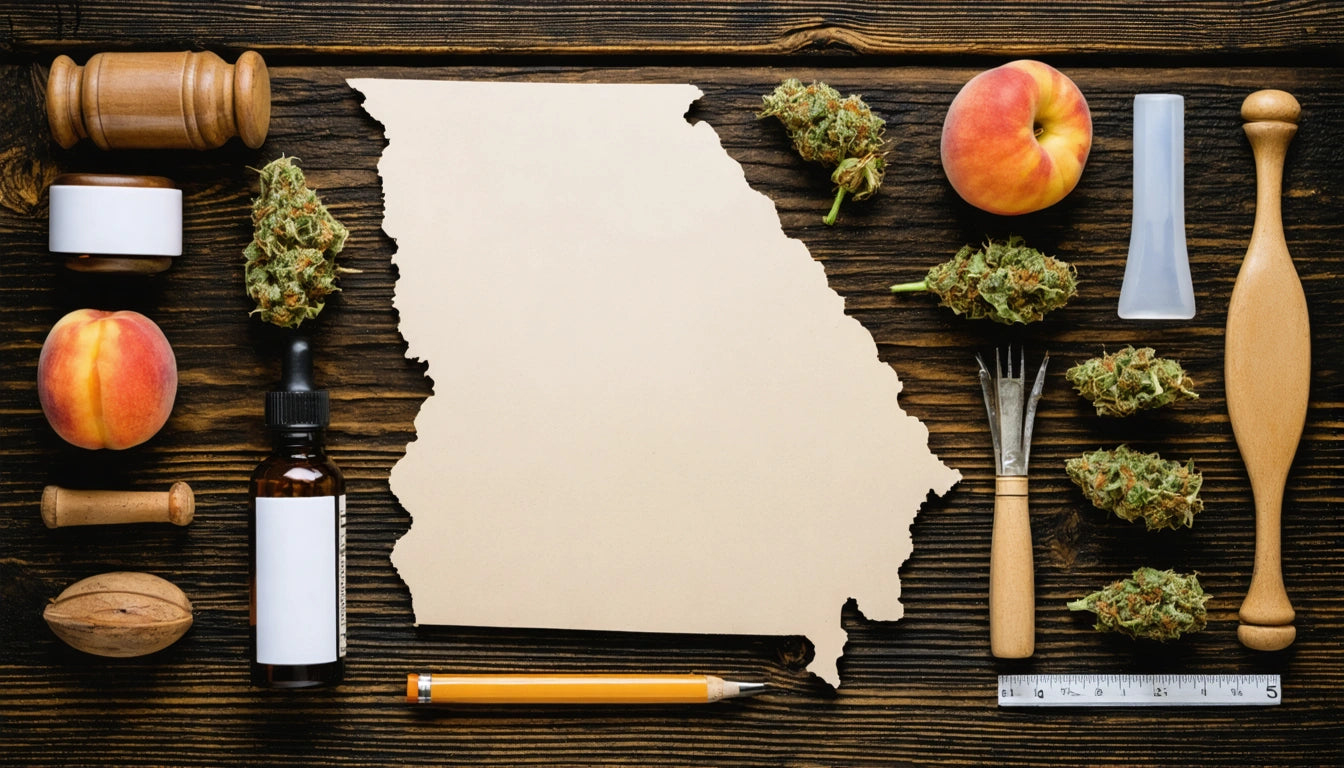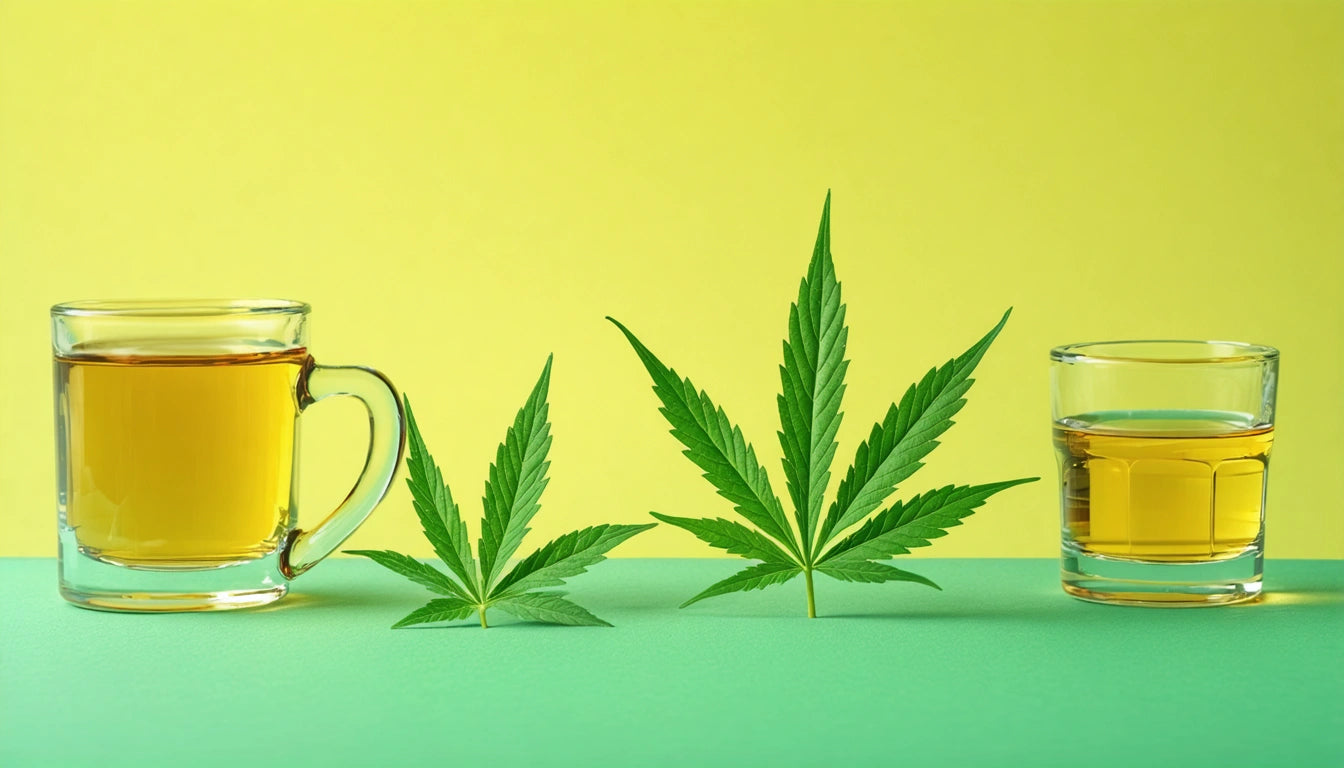Table of Contents
- What is Drug Screening: Definition and Purpose
- Types of Drug Screening Tests
- What is Tested in a Drug Screening: Common Substances
- How Does a Drug Screening Test Work: Methods and Procedures
- Accuracy and Limitations of Drug Screening Tests
- Preparing for a Drug Screening Test
- Future Developments in Drug Screening Technology
Understanding Drug Screening Tests: What They Are and How They Work
Drug screening tests have become a standard procedure in many employment settings, healthcare facilities, and legal contexts. Understanding what drug screening means and how these tests function can help individuals navigate the testing process with greater confidence. This comprehensive guide explores what a drug screening test is, the substances typically tested, and the science behind how these tests work.
What is Drug Screening: Definition and Purpose
A drug screening test is a technical analysis of a biological specimen to determine the presence or absence of specified drugs or their metabolites. These tests are designed to identify recent drug use rather than measure impairment or intoxication levels. Drug screenings serve various purposes:
- Pre-employment screening
- Workplace safety monitoring
- Medical diagnosis and treatment planning
- Legal and forensic investigations
- Athletic competition compliance
- Monitoring individuals in substance abuse treatment programs
According to comprehensive research on drug screening processes, these tests are primarily intended as an initial assessment, often followed by more specific confirmatory testing when necessary.
Types of Drug Screening Tests
Urine Drug Screens
Urine testing is the most common method of drug screening due to its non-invasive nature, relatively low cost, and ability to detect substances for longer periods after use. Urine drug screens typically detect drug use from the past few days to several weeks, depending on the substance and frequency of use.
Blood Tests
Blood tests provide the most accurate indication of current drug levels and impairment. However, they are more invasive, costly, and have a shorter detection window than urine tests. Blood testing is often used in medical emergencies or legal situations requiring precise documentation of intoxication levels.
Saliva Tests
Oral fluid testing is becoming increasingly popular due to its ease of collection and difficulty to adulterate. Saliva tests generally detect very recent drug use, typically within the past 24-48 hours.
Hair Tests
Hair follicle testing offers the longest detection window, potentially identifying drug use from months prior. This method is more expensive but provides a historical record of substance use patterns rather than recent consumption.
What is Tested in a Drug Screening: Common Substances
Standard drug screening panels typically test for specific categories of substances. The most common is the 5-panel test, which screens for:
- Marijuana (THC metabolites)
- Cocaine
- Amphetamines/methamphetamines
- Opiates (heroin, morphine, codeine)
- Phencyclidine (PCP)
Expanded panels may also test for:
- Benzodiazepines
- Barbiturates
- Methadone
- MDMA (Ecstasy)
- Propoxyphene
- Oxycodone/Percocet
As noted in this detailed analysis of drug screening substances, the specific substances tested can vary significantly based on the purpose of the screening and applicable regulations.
How Does a Drug Screening Test Work: Methods and Procedures
Drug screening tests operate on various scientific principles depending on the testing method employed. The most common techniques include:
Immunoassay Tests
Immunoassay tests are the standard initial screening method. They use antibodies that react with drug metabolites in the specimen. When a target drug is present, it triggers a measurable reaction. These tests are relatively inexpensive and provide quick results but may produce false positives with certain medications or foods.
Chromatography/Mass Spectrometry
Gas chromatography/mass spectrometry (GC/MS) or liquid chromatography/mass spectrometry (LC/MS) are typically used as confirmatory tests. These methods separate and identify specific substances with high accuracy but are more expensive and time-consuming.
The testing process generally follows these steps:
- Sample collection under controlled conditions
- Initial screening using immunoassay
- Confirmation testing for positive results using GC/MS or LC/MS
- Result interpretation by medical review officers
- Reporting of verified results
Safety protocols for handling biological specimens are crucial in this process, similar to how safety standards for pharmaceutical packaging protect against accidental exposure to potentially harmful substances.
Accuracy and Limitations of Drug Screening Tests
Drug screening tests are not infallible. Their accuracy is influenced by several factors:
- Quality of the testing equipment and reagents
- Proper sample collection and handling procedures
- Potential for cross-reactivity with non-targeted substances
- Individual variations in metabolism
- Timing of the test relative to substance use
False positives can occur when legal substances trigger reactions similar to illicit drugs. For example, some over-the-counter cold medications may produce positive results for amphetamines. This is why confirmation testing is essential for positive screening results, as explained in this analysis of positive drug test results.
Preparing for a Drug Screening Test
If you're scheduled for a drug screening test, consider these preparation guidelines:
- Inform the testing facility about any prescription medications you're taking
- Bring prescription documentation to the testing site
- Avoid poppy seeds and certain herbal products that may cause false positives
- Follow any fasting or dietary restrictions if specified
- Be aware of your rights regarding testing procedures and results
For more detailed guidance, this comprehensive preparation guide offers valuable insights on navigating the testing process.
Future Developments in Drug Screening Technology
The field of drug screening continues to evolve with technological advancements. Emerging trends include:
- Point-of-care testing with immediate results
- Fingerprint-based drug testing that analyzes sweat components
- Breath testing for drugs beyond alcohol
- Artificial intelligence for result interpretation
- More accurate distinction between recent use and past exposure
These innovations aim to enhance accuracy, reduce invasiveness, and provide more nuanced information about substance use patterns. As testing technology improves, the balance between privacy concerns and legitimate screening needs remains an important consideration in various testing contexts.
Understanding what drug screening is and how these tests work empowers individuals to approach testing situations with knowledge and preparation, whether in employment, healthcare, or other settings where drug screening is implemented.











Leave a comment
All comments are moderated before being published.
This site is protected by hCaptcha and the hCaptcha Privacy Policy and Terms of Service apply.